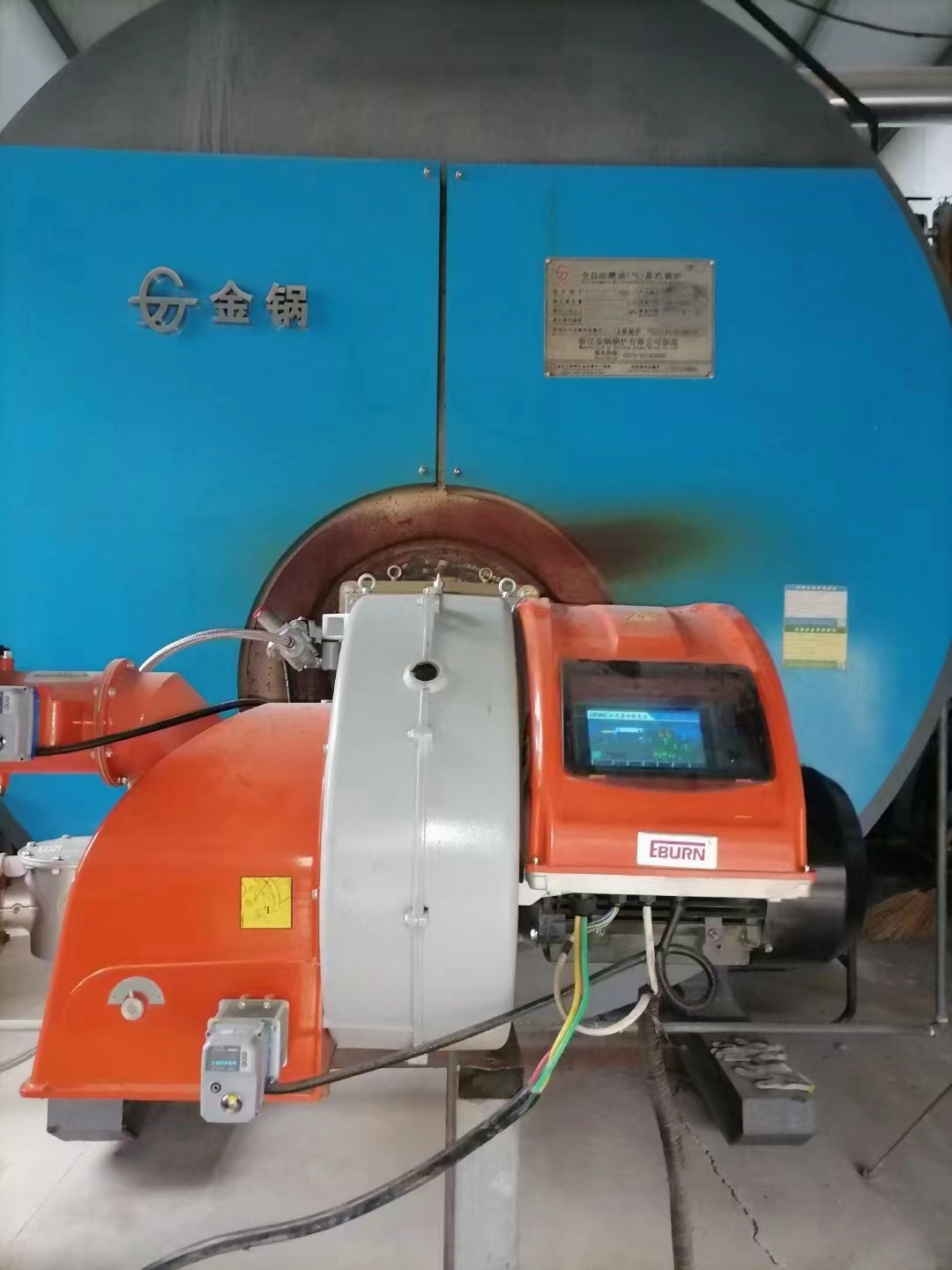Selection principle of fuel gas boiler burner
Selection principle of fuel gas boiler burner
The selection of burners for oil-fired and gas-fired boilers should be selected according to the structural characteristics and performance requirements of the boiler body and fuel characteristics, combined with the user's operating conditions.

As the combustion equipment of fuel oil and gas boilers, the burner's main functions are:
1) Provide the fuel oil or gas required by the boiler, and choose the oil atomization method for the oil fuel to increase the contact area between the fuel and the air. For gaseous fuel, the combustion method should also be selected.
2) Supply the air necessary for combustion to achieve full mixing of air and oil mist or gas to ensure complete combustion.
3) Ensure rapid ignition and stable combustion.
4) Realize the automatic control of program ignition and combustion process.
At present, the oil and gas burners used in small and medium-sized boilers mostly adopt an integrated structure, so people are used to calling them burners.
The fuel burner is mainly composed of a casing, a motor, a fan, a damper, a damper adjuster, an oil pump, a solenoid valve, an ignition device, a flame monitor, and a fuel injector. The gas burner is mainly composed of a casing, a motor, a gas nozzle, a fan, a damper, a solenoid valve, an ignition device, a flame monitor, etc. The motor is connected with the fan and the oil pump through a coupling, and when the motor rotates, it drives the fan and the oil pump to rotate together. The function of the fan is to send the air required for combustion into the furnace and generate a certain pressure. Adjusting the air door regulator can control the opening of the air inlet door to adjust the air intake. The role of the oil pump is to pressurize the fuel oil and provide energy for atomization. Control the solenoid valve switch to control the supply of fuel or gas.
The number of oil nozzles or gas nozzles of small burners can be one or several, and they are controlled by different solenoid valves to achieve the purpose of staged combustion. The flame detector plays the role of safe ignition and flameout protection. In addition, each burner has a controller, and the ignition operation program of the burner is controlled through it.
Although the working principle of the burner is roughly the same, and the structure is similar, but the performance of the burner produced by different structures or different manufacturers is very different, so the following aspects should be paid attention to when selecting the burner:
1. The burner output should match the boiler capacity and boiler smoke resistance
2. The geometric dimensions of the burner flame must match the boiler combustion chamber
3. The combustion output of the burner should be calculated according to the air density when the operating conditions change
4. The maximum allowable air supply pressure and the minimum allowable air supply pressure before the burner
5. The structure of the burner should be able to ensure that gas and air are mixed evenly, and the ratio of air and gas can be adjusted to ensure that it does not go off fire at high load and does not backfire at low load.
6. In principle, the same type of gas as marked on the nameplate of the burner should be used. When changing to a different gas, consult the burner supplier in advance and obtain written approval. In general, the burner must also be recommissioned and individual components replaced.
7. The installation position of the burner should be easy to operate, that is, the distance between the center line of the burner and the walls of the furnace wall should be ensured. Because the burner is the main operating object of the boiler operation, its location should be convenient for the burner to operate and observe.